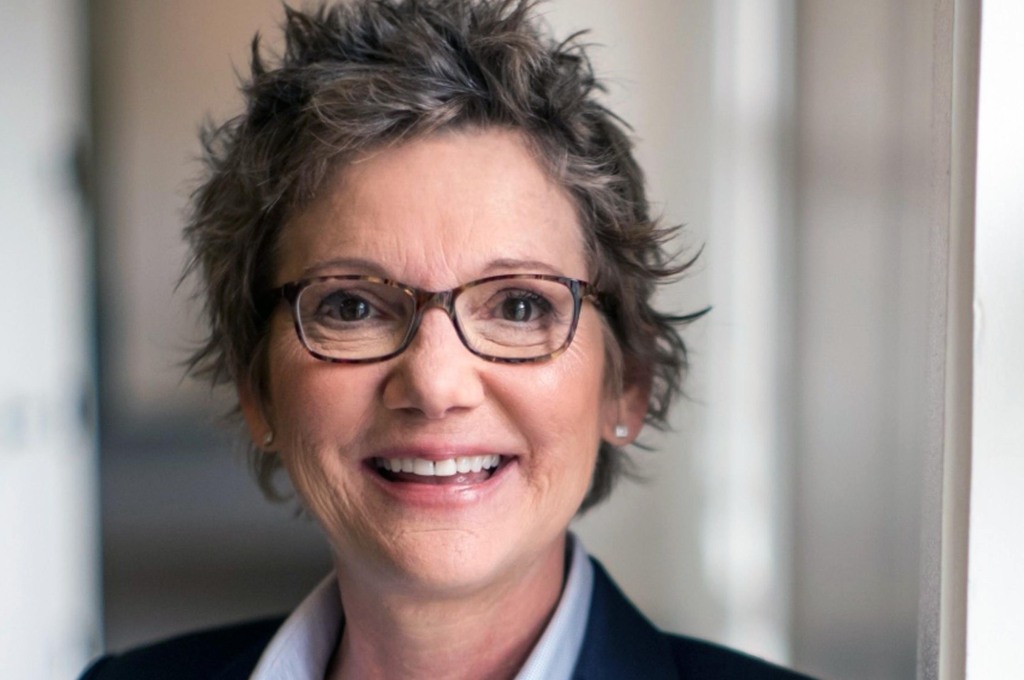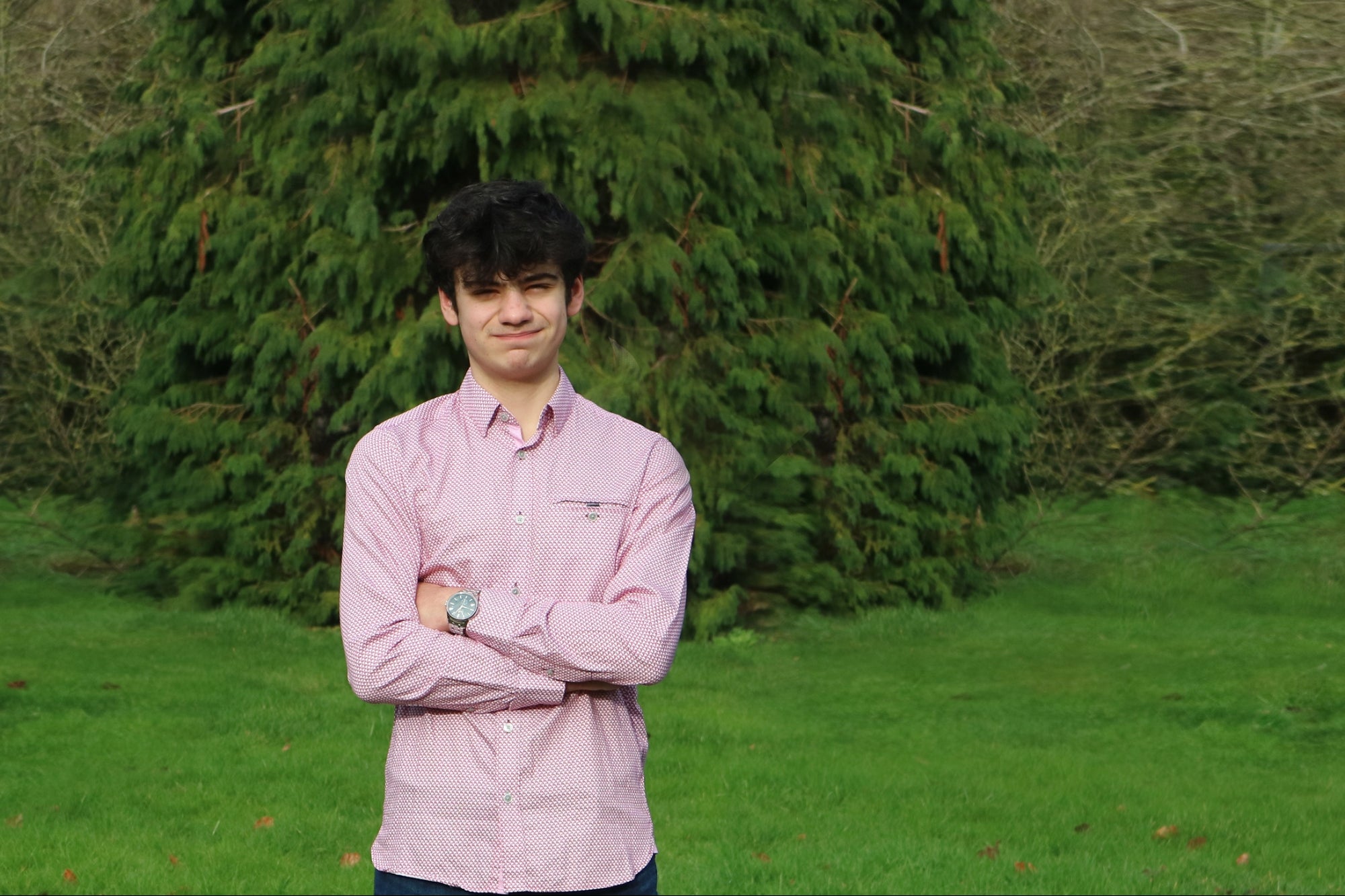Mary Daly sees the Federal Reserve’s battle with inflation as a fight to reverse a “stunning” trend: Real wages – that’s pay after inflation – tumbled 9% over two years.
To the CEO and president of the Federal Reserve Bank of San Francisco, the central bank’s job of chilling 40-year high inflation is more than simply fulfilling a bureaucratic mandate to juggle high employment with a manageable cost of living. Daly, who’s been the San Francisco Fed’s head for four years, sees restoring price stability also as an issue of economic fairness.
Why? Because inflation is essentially a regressive tax on those who can least afford the cost.
“That’s not sustainable for the average worker,” says Daly, a labor economist whose writings focus on economic equality. “It’s like a treadmill speeding up and you’re just falling behind. I call this the indignity of inflation. It literally takes away the dignity of working because you can’t afford the things you could afford last week.”
Here’s what Daly had to say about today’s economic challenges in an interview on Nov. 21 with the Southern California News Group. Her comments have been edited for length and clarity.
Q. What’s your sense of the California economy today?
A. It looks very much like the U.S. economy, frankly.
You can go to most places in the United States and you’ll see growth is solid. Consumer spending remains solid. Businesses are continuing to invest, at a slower pace albeit. But continuing to invest.
People are pretty optimistic about the long-term prospects. And everyone knows that inflation is too high. It’s extremely hard to find workers. Workers are saying their wages aren’t keeping up with inflation.
A sustainable economy has to have price stability. We don’t have price stability. So that’s what we have to do is bring it back and that will be good for California, just as it’s good in the whole United States.

Q. And your thoughts on the California housing market?
A. It’s really important we don’t think of California as exceptional with housing market issues anymore.
We have a national housing crisis. Supply is well below demand. We’re not keeping up with population growth. We’re not keeping up with household formation. That is not uncommon after a housing market collapse like we saw in the financial crisis.
But it’s really accelerated during the pandemic. So many people wanted to get bigger houses because now you’re working from home. It just completely destroyed the marketplace.
Back in 1950-60, 50% of all homes were affordable to first-time homebuyers across the country. Today, that number is 12%.
The Fed does not have the tools that would solve that supply and demand imbalance, but it will be something that continues to temper economic growth.
Q. I think of 2020-21’s sub-3% mortgages. Did the Fed do too much — along with all the other stimulus programs that we had?
A. History will be the judge.
Think of where we were. We hadn’t had a pandemic in 100 years. If you literally stopped the economy, throw people out at work, and don’t provide a bridge – the economy is going to break. It’s really hard to come back from that level of devastation.
/*! This file is auto-generated */!function(c,l){“use strict”;var e=!1,o=!1;if(l.querySelector)if(c.addEventListener)e=!0;if(c.wp=c.wp||{},c.wp.receiveEmbedMessage);else if(c.wp.receiveEmbedMessage=function(e){var t=e.data;if(!t);else if(!(t.secret||t.message||t.value));else if(/[^a-zA-Z0-9]/.test(t.secret));else{for(var r,s,a,i=l.querySelectorAll(‘iframe[data-secret=”‘+t.secret+'”]’),n=l.querySelectorAll(‘blockquote[data-secret=”‘+t.secret+'”]’),o=0;o So we build a bridge, and if the bridge was too long, we’ll study it to do better next time. But I would rather err on the side of helping as many people as possible than have the bridge be too short. Q. You’ve written throughout your career about economic fairness. What about all the wealth created by the cheap money the Fed helped create? A. I get this all the time: Does Fed policy create inequalities that we regret creating? First, we have a blunt tool, right? We can raise the interest rate, we can lower the interest rate. That’s it. We have two goals (high employment/low inflation) and a blunt tool. When we have periods of accommodative policy – supporting economic expansion – wage inequality falls and wealth inequality rises. Why? Because only a fraction of our population owns assets. But you’ll never build wealth unless you have a job. So a supportive Federal Reserve policy is the way to build wealth. Right before the pandemic, we saw the wealth gap starting to narrow. Why? Because more people had enough income in their pockets to buy an asset, usually a home, and then they started to build wealth. Q. Did all the pandemic era’s stimulus keep workers from returning to their jobs? A. One other thing why people may not be returning to the labor market is that real wages are falling. In L.A., maybe five months ago, one CEO told me they were heartbroken because employees who they’ve worked with for years, with an upward trajectory for their careers, had to take a job much closer to their home because the gas prices were eroding anything that he could reasonably offer and still have any profitability himself and keep the restaurant open. So it’s an impossible equation. A lot of the workforce reduction was retirement. That’s a lifestyle choice. But I also know that when real wages are rising, people change their minds. But when real wages are falling, you’re thinking, ‘Why would I go out into a world where I’m just going to lose money each month?’ The cost of transportation is huge. And childcare is a huge barrier for working moms and dads. I read this statistic. The number of days that people have to keep their kid home from school because someone’s got COVID. In the olden days of two or three years ago, you sent your kid to school with tissues. Q. We’re literally running out of workers. How can wage inflation slow? A. People use technology to replace workers. Been to a restaurant lately? Self-check ins. I’m ordering on my phone. No person comes to my table and takes my order. Companies are just recognizing when I have too few workers, if I want to stay open, I have to automate. I see automation as one way we replace the missing workers and increase the productivity of the existing workers. But it won’t be the only thing. It’s really worrisome to plot the labor force participation rate of the working-age population in the U.S. relative to every other industrialized nation. We are very far behind. We can think about automating, but you could also think about increasing labor force participation. It has a lot to do with barriers: childcare, access to transportation, and access to affordable housing that’s close enough to work. These are all things that the Fed doesn’t have any levers for. These are issues that might restrain our growth going forward if we don’t focus on and solve them. Jonathan Lansner is the business columnist for the Southern California News Group. He can be reached at jlansner@scng.com Title: President and CEO of the Federal Reserve Bank of San Francisco The job: Overseeing the Federal Reserve System’s 12th District which comprises nine western states including California. She also contributes the Fed’s national policy debates and was a voting member of the rate-setting Federal Open Market Committee in 2021. Residence: Oakland Education: Bachelor’s degree from the University of Missouri-Kansas City, master’s degree from the University of Illinois, and a Ph.D. from Syracuse University. Experience: She’s been with the bank since 1996. Before becoming president and CEO in October 2018, her roles included labor market economist and director of research.MARY DALY









